What Does Mad Honey Feel Like: Exploring the Hallucinogenic and Intoxicating Effects

Curious about what does mad honey feel like? Many people wonder if this rare and exotic honey really delivers on its hallucinogenic and intoxicating buzz. Some seek it out for relaxation, while others want to experience its unique effects.
But trying something so potent raises lots of questions about safety and sensation.
Mad honey comes from the nectar of rhododendron flowers, carrying a natural neurotoxin called grayanotoxin. Just a few spoonfuls can create euphoria, mild hallucinations, or even physical discomfort like nausea or dizziness.
This blog explains the sensations, risks, and history behind this "mind-altering" honey. Explore carefully—you’ll want to learn more before your first taste!
What is Mad Honey?
Mad honey, also called deli bal in Turkish, is a rare and dangerous type of honey. It gets its name because of its hallucinogenic effects caused by grayanotoxins. Bees produce this toxic honey by pollinating rhododendron flowers that contain these neurotoxins.
This hazardous honey costs around $166 per pound, making it one of the most expensive honeys available. Consuming even small amounts can cause dizziness, nausea, or euphoria. Its unique properties have made it both infamous and sought after for centuries.
Learn how bees create this potent substance next!
How is Mad Honey Produced?
Mad honey begins its journey in the nectar of certain Rhododendron flowers. Bees collect this unique nectar, which contains grayanotoxins, and transform it into a potent honey with psychoactive properties.
The role of Rhododendron nectar
Bees collect nectar from rhododendron flowers to create mad honey. Rhododendrons produce a unique toxic nectar containing grayanotoxin, a neurotoxin that causes the honey's hallucinogenic effects.
During pollination, bees transfer this nectar back to their hives, where they process it into honey.
This toxic nectar sets mad honey apart from regular bee-produced honey. The flowering plants stand out among botanical sources of honey due to their powerful plant-based toxins. This makes rhododendron species essential in producing neurotoxic honey with intoxicating properties enjoyed for centuries in specific cultures.
Harvesting and preparation process
Harvesting mad honey is an ancient art passed down through generations. Skilled gatherers rely on traditional tools and daring techniques to extract this rare honey.
- Collectors climb high cliffs in regions like Nepal and Turkey, where specific rhododendrons grow.
- They craft bamboo ladders and secure them with ropes for stability during steep climbs.
- The Black Sea region in Turkey and parts of Nepal are prime spots for mad honey collection due to the rich rhododendron nectar found there.
- Honey hunters patiently wait until the flowers bloom between late spring and early summer to ensure potency.
- Using smoke, they safely fend off aggressive bees before gathering honeycombs from cliffside hives.
- Once collected, the combs undergo careful extraction methods to preserve their unique properties during preparation stages.
This complex process directly affects its potent effects detailed in "The Effects of Consuming Mad Honey.
The Effects of Consuming Mad Honey
Consuming mad honey triggers unique sensations that vary based on the dose. Its effects range from physical changes to altered mental states, often surprising users unfamiliar with its potency.
Initial physical sensations
Lightheadedness often kicks in shortly after consuming mad honey. Some users report feeling faint or dizzy, as if the room is spinning. This spinning sensation can create a sense of vertigo, making it hard to stay balanced or steady.
Queasiness and upset stomach may follow these initial signs. Nausea is common and could lead to vomiting for those unprepared. Motion sickness-like symptoms—unsteadiness and stomach discomfort—can linger during the early stages of the experience.
Mad honey makes your head float, but your stomach might not be ready for the ride.
Hallucinogenic and intoxicating effects
Mad honey’s psychoactive properties can trigger a dreamlike state that distorts perception. The grayanotoxins present in the honey interact with the nervous system, creating hallucinogenic effects.
Users often report visual and auditory changes or altered reality. Euphoria frequently accompanies these experiences, amplifying sensations and emotions. Some may feel delirium or temporary cognitive impairment as their mind processes the intense psychotropic effects.
The intoxicating nature of mad honey can impair motor skills and judgment. This can result in slowed reactions and distorted awareness of surroundings. Physical symptoms like nausea or dizziness may intensify during intoxication, adding discomfort to the experience for some individuals.
Consuming controlled amounts is key to avoiding overwhelming side effects while safely exploring its unique mind-altering substances.
Emotional and psychological impacts
The intoxicating effects of mad honey often lead to emotional instability. Users might experience mental confusion, ranging from mild disorientation to intense delirium. Sedation commonly sets in, giving way to feelings of deep relaxation.
Emotional states can shift unpredictably, causing some individuals to feel euphoria while others may encounter unease.
Hallucinations and visual distortions can alter cognitive processing. Impaired judgment increases the risk of risky behavior during intoxication. Some report a heightened sense of awareness paired with bouts of anxiety or fear.
These psychological impacts depend on dosage and individual sensitivity, making moderation crucial for safety.
What Does a Mad Honey Experience Feel Like?
A mad honey experience often triggers unique sensations that can intrigue and mesmerize the mind, making it a journey worth exploring further.
Euphoria and relaxation
Mad honey brings a deep sense of euphoria, leaving users feeling blissful and content. It can induce calmness and tranquility, creating an almost dreamlike state. Many describe the experience as peaceful, with a wave of ecstasy washing over the body.
Relaxation becomes profound as muscles unwind and tension melts away. This serenity enhances joy while promoting mental clarity and unwinding from stress. The effects mirror the soothing calm felt after meditating or practicing yoga but amplified in intensity.
Altered perception and awareness
The honey’s hallucinogenic effects can distort reality dramatically. Users may report visual disturbances, seeing blurred or shifting images. Perception of time often slows down, making minutes feel like hours.
Cognitive impairment arises as judgment becomes impaired and thoughts turn disorganized. Dissociation may occur, leaving one feeling detached from their body or surroundings. Some experience surreal visions while embracing heightened sensitivity to light, sound, or touch.
Potential discomforts: nausea and dizziness
Some users of mad honey may experience nausea as a side effect. An upset stomach or queasiness often follows consumption, especially when taken in larger amounts. This discomfort can vary in intensity but typically subsides within several hours.
Dizziness is another common issue that affects individuals after consuming mad honey. Symptoms like lightheadedness or unsteadiness might occur due to the intoxicating effects of grayanotoxins present in the nectar.
In severe cases, giddiness and vertigo can interfere with normal activities temporarily.
Risks and Side Effects of Mad Honey
Consuming mad honey can lead to unexpected reactions that range from mild discomfort to serious health concerns. Understanding its potential dangers is critical for anyone curious about its effects.
Symptoms of overconsumption
Overconsuming mad honey can lead to harmful effects. Recognizing these symptoms helps users stay safe.
- Nausea often appears shortly after consumption and may be mild or intense.
- Vomiting may follow, causing severe stomach upset in some individuals.
- Dizziness is a common effect and can impair movement or balance.
- Bradycardia, or a slow heart rate, may occur and could become dangerous if ignored.
- Hypotension leads to low blood pressure, sometimes causing fainting spells.
- Weakness might make everyday tasks seem exhausting or unmanageable.
- Confusion can set in, affecting decision-making and awareness of surroundings.
- Respiratory depression may reduce normal breathing patterns, posing serious risks.
- Seizures could result as the body reacts to high doses of the honey.
- Diarrhea might develop alongside nausea, further adding discomfort.
- Loss of consciousness remains one of the most severe outcomes from excessive intake.
Health complications and toxicity
Consuming excess mad honey can cause severe health complications. Symptoms like decreased blood pressure, hypoglycemia, and fainting commonly occur with overconsumption. In extreme cases, individuals may experience seizures or convulsions due to its neurological effects.
Prolonged intoxication risks unconsciousness or even cardiac arrest if untreated. Rarely, hypotension from high doses could lead to coma or death.
Toxicity levels in mad honey vary depending on its grayanotoxin concentration. Even small amounts may trigger dizziness or nausea in sensitive users. Larger quantities significantly increase the risk of dangerous side effects like loss of consciousness and seizure activity.
Users should monitor their responses closely and avoid overindulgence to prevent life-threatening reactions.
How to Safely Explore Mad Honey
Start with small amounts to assess your body's reaction. Focus on sourcing high-quality honey from reliable providers.
Recommended dosages
Experts advise starting with an initial dosage of one teaspoon for first-time users. Consuming more than this small amount can lead to adverse reactions, including nausea, dizziness, or worse.
Safe consumption requires caution since overuse poses serious risks. Beginners should avoid exceeding the recommended amount and allow time to assess their body’s response before considering another dose.
Tips for first-time users
Exploring mad honey for the first time can be exciting and unique. Follow these tips to ensure safe consumption and an enjoyable experience.
- Start with a small amount to test tolerance. Mad honey affects everyone differently, and low doses help avoid discomfort.
- Consume it on an empty stomach for traditional use benefits. In Turkey, locals often take it before breakfast for maximum effect.
- Wait at least two hours after your first dose before deciding on more. Effects may take time to fully set in, so patience is key.
- Be aware of potential side effects like nausea or dizziness. These symptoms indicate you may have consumed too much.
- Source ethically harvested mad honey from reputable suppliers only. This ensures purity and supports ethical practices in its production.
- Avoid mixing with alcohol or other substances during first use. Combining can amplify effects unpredictably, increasing risks.
- Have a trusted friend present while trying it for the first time. A companion can assist if unexpected reactions occur.
- Stay hydrated before and during use to reduce possible side effects like dizziness.
- Prepare a comfortable environment free from interruptions beforehand. Relaxation enhances both safety and experience quality.
- Research recommended dosages carefully based on product strength and personal factors like weight or health conditions.
The Cultural and Medicinal Uses of Mad Honey
Mad honey has deep roots in traditional practices and healing methods. Its historical significance highlights its unique role in both rituals and natural medicine.
Traditional uses in local medicine
People have used mad honey in traditional medicine for thousands of years. In Turkey, its use dates back to 2100 B.C., where it was valued for its healing properties. Local remedies often relied on this natural product to treat stomach pain and intestinal disorders.
In folk medicine, mad honey also served as a remedy for hypertension due to its unique bioactive compounds. Indigenous healing practices integrated it with other medicinal plants to create holistic treatments.
Its role in herbal medicine highlights the connection between nature and health through simple yet powerful natural remedies.
Ritualistic and recreational significance
Indigenous communities have long used mad honey in rituals and folk ceremonies. Historical accounts highlight its role in religious practices, where its psychoactive effects were thought to connect participants with spiritual experiences.
In Nepal, shamans consumed small amounts during sacred gatherings to induce altered states of consciousness.
In the early 2000s, South Korea saw another use emerge as it gained popularity as a recreational aphrodisiac. Natural enthusiasts also pursued it for unique experiences tied to its intoxicating properties.
Modern recreational users often describe feelings of euphoria and heightened awareness when including mad honey in their activities or ceremonies.
Dabbing as a Modern Consumption Method
Dabbing has revolutionized cannabis use by providing a potent and efficient consumption method. It involves heating cannabis concentrates like THC extract or butane hash oil on a hot surface, often using concentrate rigs.
The resulting vapor is inhaled for rapid effects. This method preserves terpenes in the concentrate, enhancing flavor and aroma during inhalation.
Modern dab tools and concentrate pens make dabbing accessible even for beginners. Vaporizing rather than combusting ensures fewer harmful byproducts compared to smoking cannabis flower.
Many users value dabbing culture for its precision and potency, especially compared to traditional methods like joints or pipes.
Conclusion
Mad honey offers a unique mix of euphoria and altered awareness. Its effects can range from relaxation to mild hallucinations, leaving some amazed while others may face nausea or dizziness.
Consumed wisely, it provides an intriguing experience rooted in cultural traditions. However, overindulgence can lead to discomfort or serious risks. Approach with care and curiosity for a memorable journey into its intoxicating allure.
FAQs
1. What is mad honey, and why does it cause hallucinogenic effects?
Mad honey is a type of honey made from nectar containing grayanotoxins, which are found in certain rhododendron plants. These toxins affect the nervous system and can cause hallucinations and intoxication.
2. How does consuming mad honey feel?
Consuming mad honey may lead to sensations like dizziness, euphoria, or lightheadedness. In some cases, people report vivid hallucinations or altered perceptions.
3. Is mad honey safe to consume?
Mad honey can be dangerous if consumed in large amounts. Small doses might produce mild effects, but higher doses can cause nausea, vomiting, low blood pressure, or even more severe health issues.
4. Why do people use mad honey despite its risks?
Some use mad honey for its intoxicating effects or as part of traditional practices in certain cultures. Others believe it has medicinal properties when taken in small quantities under controlled conditions.


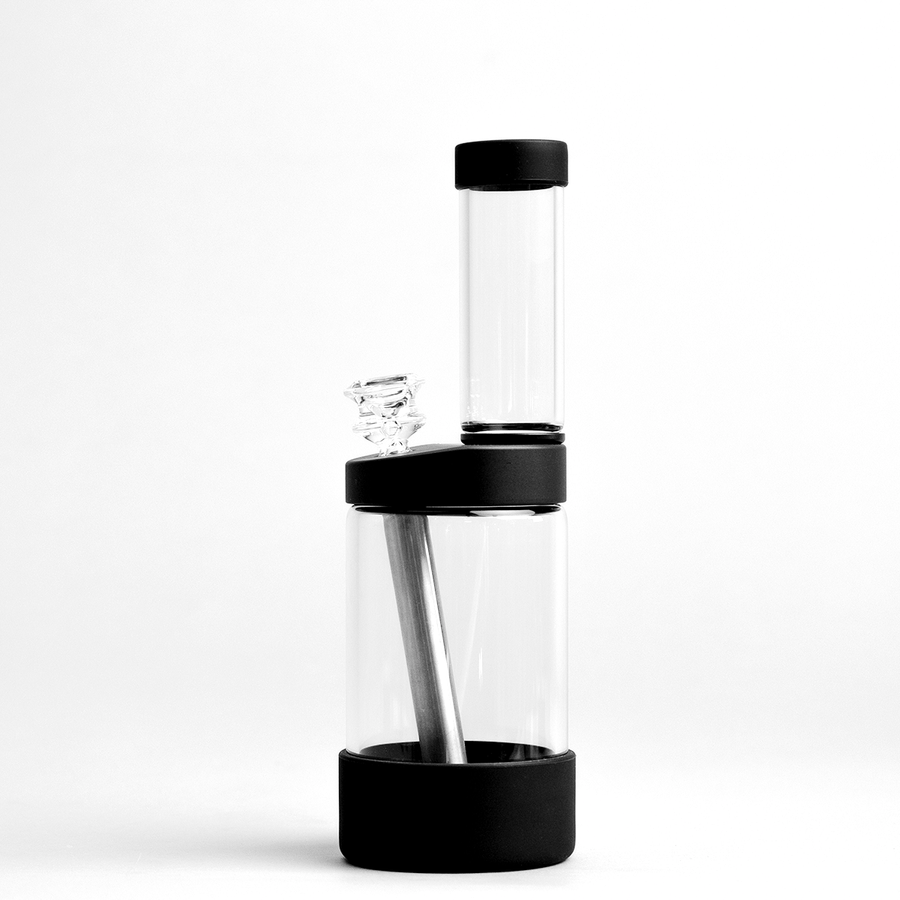



![Vessel Helix Pipe [Copper] - Headshop.com](http://www.headshop.com/cdn/shop/files/ad3c0443-b76d-4fe5-84b8-a617dd50a950.jpg?v=1747419387&width=900)
![Vessel Helix Pipe [Copper] - Headshop.com](http://www.headshop.com/cdn/shop/files/7b0e06e3-9106-4684-80e4-408362c34085.jpg?v=1747419388&width=1000)
![Vessel Wood Vape Pen Battery [White/Beechwood] + - Headshop.com](http://www.headshop.com/cdn/shop/files/4ecd5d0f-363a-454e-a7a0-229fb93bf456.jpg?v=1725470645&width=900)
![Vessel Wood Vape Pen Battery [White/Beechwood] + - Headshop.com](http://www.headshop.com/cdn/shop/files/d232e493-09e6-4574-b44c-3e2bde9425b4.jpg?v=1725470647&width=1000)


![Vessel Compass Apex Charger [Black] - Headshop.com](http://www.headshop.com/cdn/shop/files/f10e6bf4-6ce7-4a59-a50e-a4184f069754.jpg?v=1729115238&width=900)
![Vessel Compass Apex Charger [Black] - Headshop.com](http://www.headshop.com/cdn/shop/files/dce98c70-346c-405f-aca8-d59c7feed96d.jpg?v=1729115240&width=1000)

![Vessel - Mill [Beechwood] Vessel - Mill [Beechwood]](http://www.headshop.com/cdn/shop/files/MILL_GUNMETAL_BEECH_COLLAPSED_FRONT_800.jpg?v=1744308513&width=600)

![Pipe by Vessel [Rose Gold] Pipe by Vessel [Rose Gold]](http://www.headshop.com/cdn/shop/files/Pipe_Rose_Gold_Closed.jpg?v=1744306576&width=600)
![Vessel - Air [Jade] Vessel - Air [Jade]](http://www.headshop.com/cdn/shop/products/7cd436a1-b1f0-4e01-9e52-050ad7140b56.png?v=1679506090&width=600)
![Vessel - Cone [Onyx] Vessel - Cone [Onyx]](http://www.headshop.com/cdn/shop/products/6f51074a-2173-4ab4-876d-22a84764eb5d.png?v=1679517316&width=600)
![Vessel Helix Pipe [Black] - Headshop.com](http://www.headshop.com/cdn/shop/files/Pipe_Black_Angle.jpg?v=1744306153&width=900)
![Vessel Helix Pipe [Black] - Headshop.com](http://www.headshop.com/cdn/shop/files/Pipe_Black_Closed.jpg?v=1744306155&width=1000)
![Vessel Compass Rise Vape Bar [Crimson] - Headshop.com](http://www.headshop.com/cdn/shop/files/fc3fd52a-2783-4fac-bd38-bc4f2013a889_5466b32d-da71-427f-8737-bf7d7f5f2c77.jpg?v=1735253136&width=900)
![Vessel Compass Rise Vape Bar [Crimson] - Headshop.com](http://www.headshop.com/cdn/shop/files/66947a99-195c-4deb-b29e-03443ebebd5a_32c35e3d-ba1b-4d4d-a879-3886d37bddf7.jpg?v=1735253136&width=1000)


![Vessel - Ember [Gold] Astray - Headshop.com](http://www.headshop.com/cdn/shop/files/20220106_EMBER_BRASS.jpg?v=1744309601&width=900)
![Vessel - Ember [Gold] Astray - Headshop.com](http://www.headshop.com/cdn/shop/files/20220106_EMBER_BRASS_WITH_AIR.jpg?v=1744309601&width=1000)

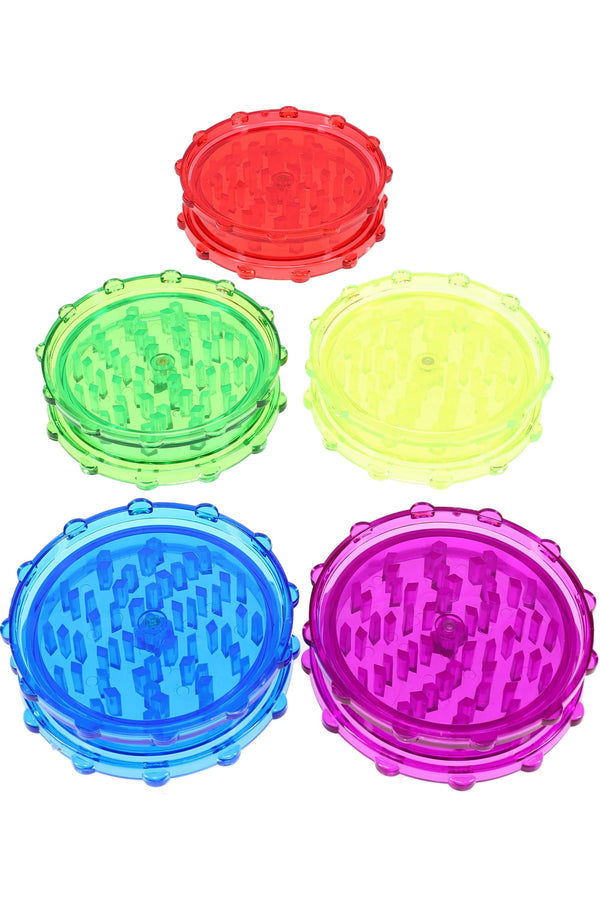
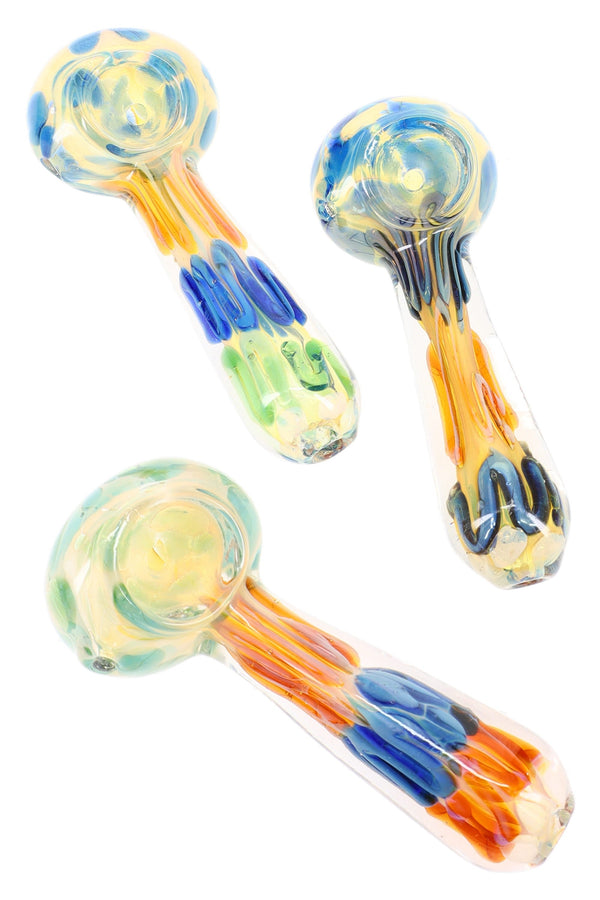
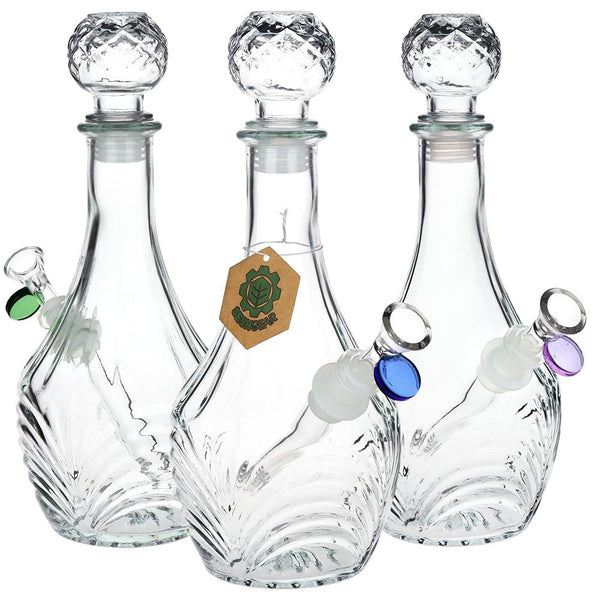
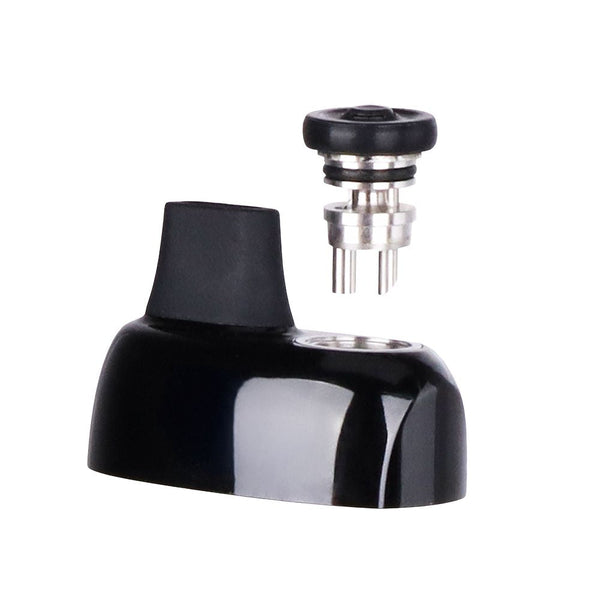
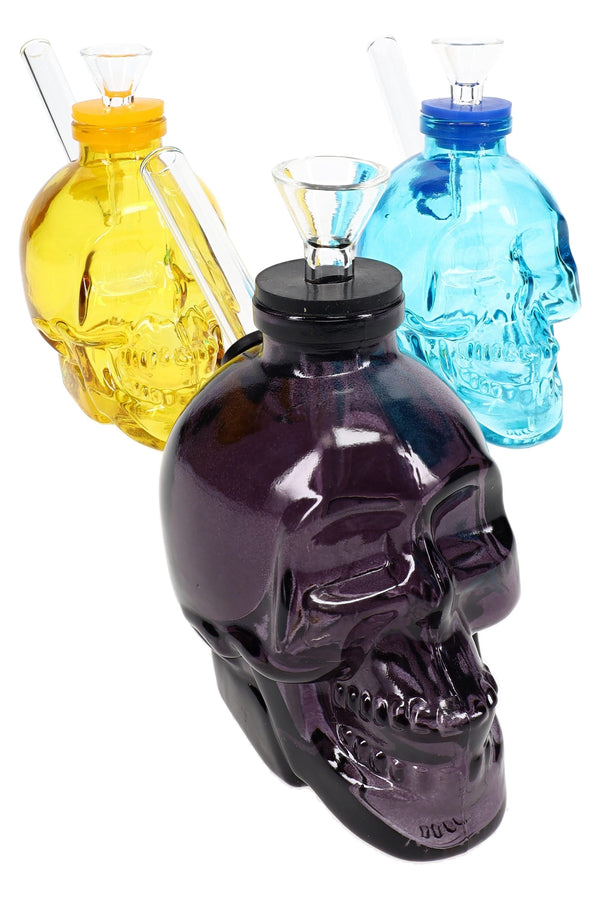


![Pipe by Vessel [Gunmetal]](https://cdn.shopify.com/s/files/1/0585/8462/9443/files/Pipe_Gunmetal_Angle_500x500.jpg?v=1744306453)













